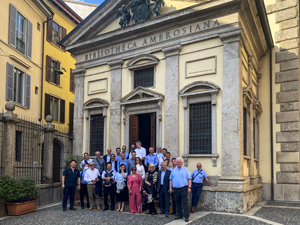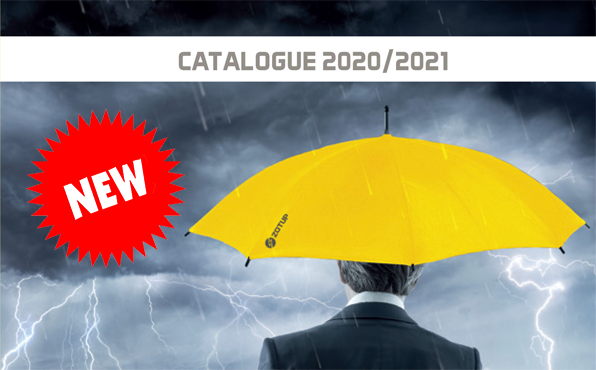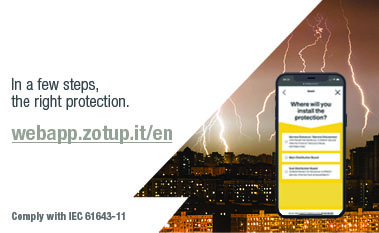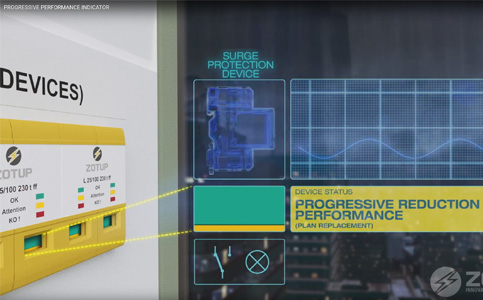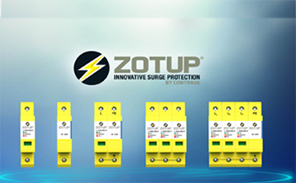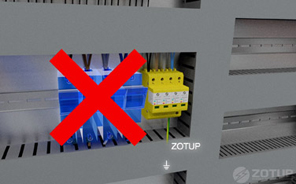The operation of surge arresters in an electrical system can be compromised, completely or partially, by the use of inappropriate conductor cables. The standard IEC 60364-5-534 offers important information about minimizing the voltage loss in the cables. To understand the importance of this issue, consider that the impulse current due to a lightning strike can increase at 10 kA/μs. In this instance the inductive components of circuit become dominant and can result in a voltage drop of 1 kV per meter.

The ‘V’ connection in many surge arresters is facilitated by the presence of doubled terminals. In some instances, this type of connection is not possible because of the associated high current and the relative cables cross-section. It is possible to optimise the wiring thanks to the CP series accessories.


When the impulse current caused by a lightning strike is flowing through a conductor there is an electromagnetic field that could induce overvoltages on the adjacent conductors. By reducing the spiral windings of the cables, as indicated in the next pictures (light yellow area), the wiring is optimised.

ZOTUP
when the impulse current caused by a lightning strike is flowing through a conductor there is an electromagnetic field that could induce overvoltages on the adjacent conductors. By reducing the spiral windings of the cables, as indicated in the next pictures (light yellow area), the wiring is optimised.

The operation of surge arresters in an electrical system can be compromised, completely or partially, by the use of inappropriate conductor cables. The standard IEC 60364-5-534 offers important information about minimizing the voltage loss in the cables. To understand the importance of this issue, consider that the impulse current due to a lightning strike can increase at 10 kA/μs. In this instance the inductive components of circuit become dominant and can result in a voltage drop of 1 kV per meter.

The ‘V’ connection in many surge arresters is facilitated by the presence of doubled terminals. In some instances, this type of connection is not possible because of the associated high current and the relative cables cross-section. It is possible to optimise the wiring thanks to the CP series accessories.

